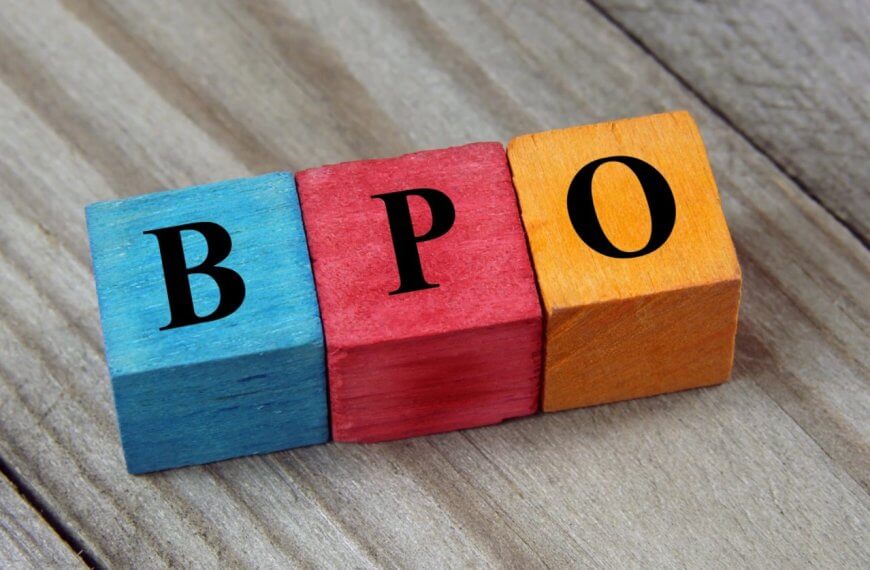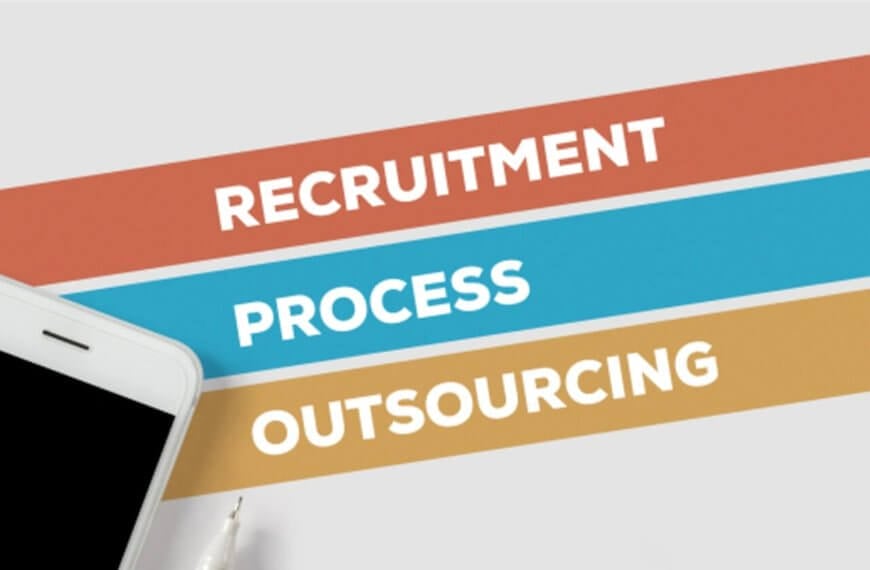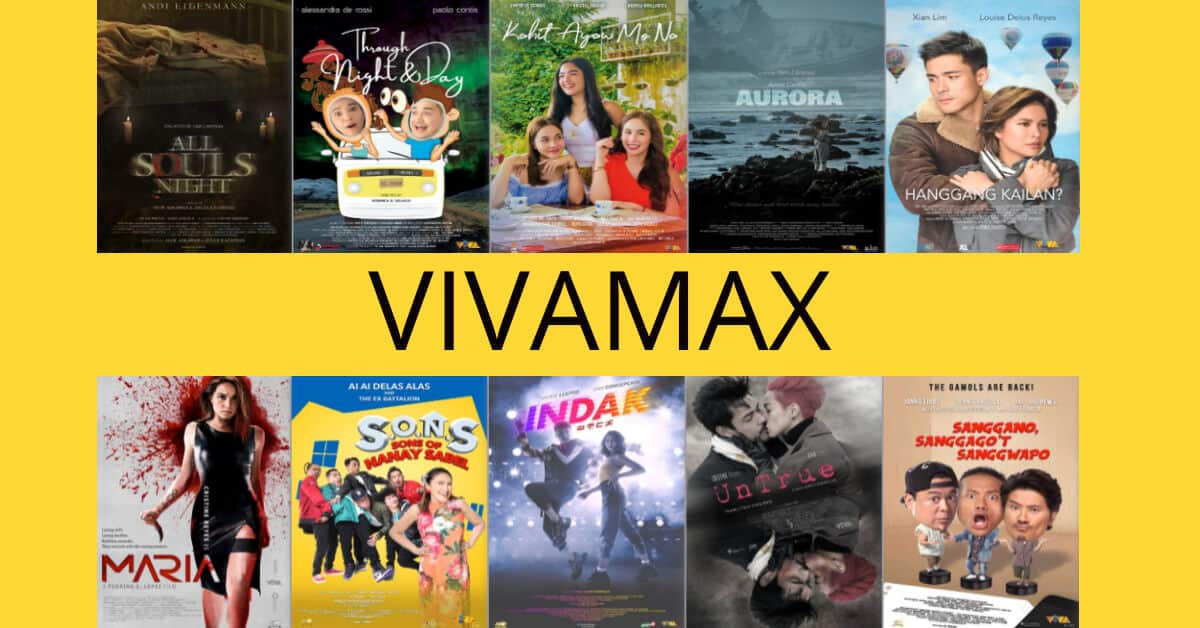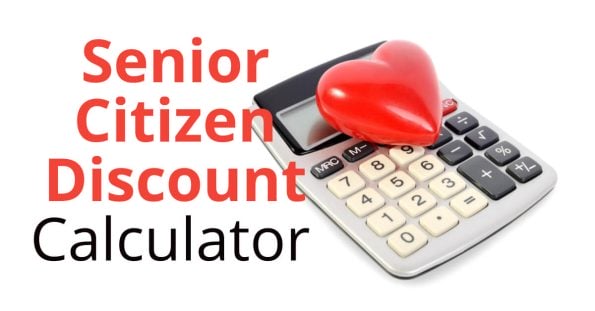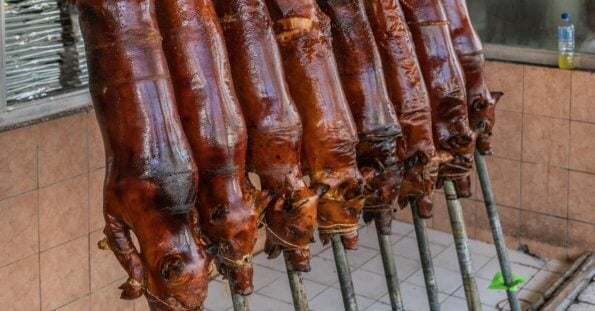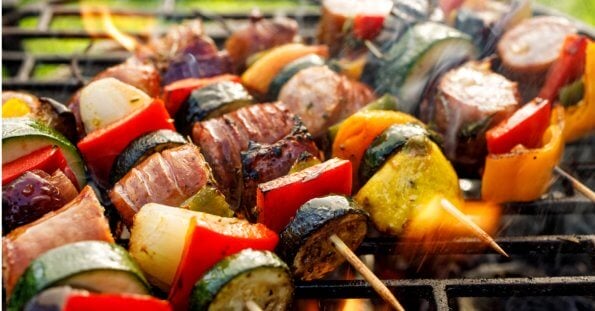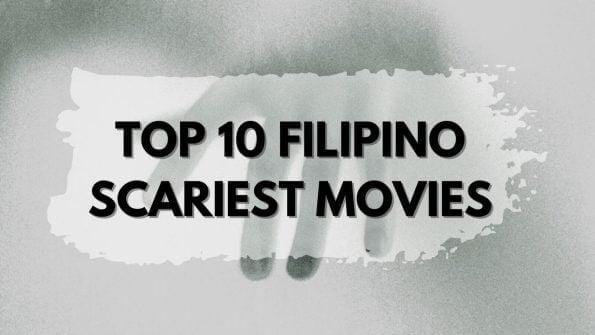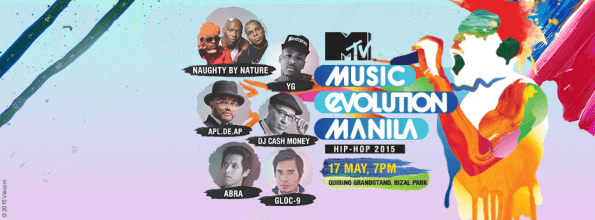Experience the Rich Culture of the Philippines through its Festivals
The Philippines is known for its vibrant culture and traditions, which are best celebrated through its numerous festivals. These events showcase the country’s history, religion, and beliefs, attracting millions of visitors each year. From the colorful Ati-Atihan Festival to the solemn Holy Week traditions, the Philippines has something to offer for everyone.
In this article, we will explore the top 15 most popular festivals in the Philippines, their origins, where they happen, when they are celebrated, We will also discuss why these festivals are essential to Philippine culture and how they contribute to the country’s tourism industry.
- Sinulog Festival
The Sinulog Festival is the most famous festival in the Philippines, attracting over two million visitors each year. Celebrated in honor of the Sto. Nino, the festival is a colorful and lively event featuring street dancing, parades, and parties. The festival takes place in Cebu City every third Sunday of January. Its origins can be traced back to the arrival of Ferdinand Magellan and the introduction of Christianity in the Philippines.
- Ati-Atihan Festival
The Ati-Atihan Festival is a week-long celebration in honor of the Sto. Nino and the Ati tribe’s patron saint, Sr. Sto. Nino de Kalibo. The festival is known for its street dancing and colorful costumes, with participants painting their faces black and wearing tribal outfits. The festival takes place in Kalibo, Aklan, every third Sunday of January.
- Kadayawan Festival
The Kadayawan Festival is a thanksgiving celebration in Davao City for a bountiful harvest. The festival features street dancing, floral floats, and exhibits showcasing the region’s culture and traditions. The festival is held every third week of August.
- Dinagyang Festival
The Dinagyang Festival is a religious and cultural festival in Iloilo City, honoring the Sto. Nino. The festival features street dancing, music, and a fluvial parade. Its origins can be traced back to the Ilonggos’ devotion to the Sto. Nino and their gratitude for the blessings they received. The festival is celebrated every fourth Sunday of January.
- Pahiyas Festival
The Pahiyas Festival is a colorful harvest festival in Lucban, Quezon. The festival is known for its vibrant decorations made of fruits, vegetables, and kiping (rice wafers). The decorations are hung on the houses’ walls and windows, creating a vibrant and festive atmosphere. The festival is celebrated every 15th of May.
Official Website: https://www.pahiyasfestival.com/
- Panagbenga Festival
The Panagbenga Festival is a flower festival in Baguio City, known for its vibrant parade of floral floats and street dancers. The festival is a tribute to the city’s flowers and the Cordillera’s rich culture and traditions. The festival is celebrated every February.
- MassKara Festival
The MassKara Festival is a colorful and joyful celebration in Bacolod City, featuring street dancing, music, and a parade of masks. The festival’s name comes from “mass” and “kara,” which means “many faces.” The festival is celebrated every third weekend of October.
- Moriones Festival
The Moriones Festival is a Lenten celebration in Marinduque, featuring men wearing masks and costumes depicting Roman soldiers. The festival reenacts the story of Longinus, a Roman soldier who pierced Jesus’ side during his crucifixion. The festival is celebrated during Holy Week.
- Aliwan Fiesta
The Aliwan Fiesta is an annual gathering of festivals from all over the Philippines, held in Manila. The festival features street dancing, float parades, and beauty pageants, showcasing the country’s diverse culture and traditions. The festival is held every April.
- Pintados-Kasadyaan Festival
The Pintados-Kasadyaan Festival is a cultural celebration in Tacloban City, Leyte, featuring street dancing, music, and a parade of colorful costumes. The festival showcases the region’s history and culture, particularly the tattoos or pintados, which the ancient Visayans used as protection against enemies. The festival is celebrated every June 29.
- Tuna Festival
Tuna Festival is a seafood extravaganza held in General Santos City, which is known as the “Tuna Capital of the Philippines”. The festival is held every September, featuring street parades, culinary contests, and a tuna auction. The festival celebrates the abundance of tuna in General Santos City and promotes the local tuna industry.
- Sandugo Festival
The Sandugo Festival is a historical and cultural celebration in Bohol, commemorating the blood compact or sandugo between the chieftain Datu Sikatuna and Spanish explorer Miguel Lopez de Legazpi. The festival features street dancing, music, and a reenactment of the sandugo. The festival is celebrated every July.
- Higantes Festival
The Higantes Festival is a cultural celebration in Angono, Rizal, featuring giant paper mache figures or higantes. The festival is a tribute to the town’s patron saint, San Clemente, and its agricultural roots. The festival is celebrated every November.
- Bangus Festival
The Bangus Festival is a culinary celebration in Dagupan City, Pangasinan, showcasing the region’s famous bangus or milkfish. The festival features street dancing, music, and a cook-off competition. The festival is celebrated every April.
Conclusion
The Philippines’ festivals are more than just colorful and lively events. They are a reflection of the country’s rich culture and traditions, which have been passed down from generation to generation. These festivals also play a vital role in the country’s tourism industry, attracting millions of visitors each year. As we continue to celebrate these festivals, let us also appreciate and preserve our cultural heritage for future generations to come.
Top 10 FAQs about Philippine Festivals:
- What is the most famous festival in the Philippines?
- The Sinulog Festival is the most famous festival in the Philippines, attracting over two million visitors each year.
- What is the meaning of Ati-Atihan Festival?
- The Ati-Atihan Festival is a week-long celebration in honor of the Sto. Nino and the Ati tribe’s patron saint, Sr. Sto. Nino de Kalibo.
- What is the origin of Kadayawan Festival?
- The Kadayawan Festival is a thanksgiving celebration in Davao City for a bountiful harvest.
- What is the history of Dinagyang Festival?
- The Dinagyang Festival is a religious and cultural festival in Iloilo City, honoring the Sto. Nino.
- What is the significance of Pahiyas Festival?
- The Pahiyas Festival is a colorful harvest festival in Lucban, Quezon, showcasing the region’s agricultural roots.
- What is the theme of Panagbenga Festival?
- The Panagbenga Festival is a flower festival in Baguio City, celebrating the city’s flowers and the Cordillera’s rich culture and traditions.
- What is the meaning of MassKara Festival?
- The MassKara Festival is a colorful and joyful celebration in Bacolod City, featuring street dancing, music, and a parade of masks.
- What is the story behind Moriones Festival?
- The Moriones Festival is a Lenten celebration in Marinduque, reenacting the story of Longinus, a Roman soldier who pierced Jesus’ side during his crucifixion.
- What is the concept behind Aliwan Fiesta?
- The Aliwan Fiesta is an annual gathering of festivals from all over the Philippines, showcasing the country’s diverse culture and traditions.
- What is the importance of Bangus Festival?
- The Bangus Festival is a culinary celebration in Dagupan City, Pangasinan, showcasing the region’s famous bangus or milkfish.
These festivals are a must-see for anyone interested in the rich culture and history of the Philippines. They are also a great opportunity to try local food, buy souvenirs, and meet new people. If you’re planning to attend one of these festivals, make sure to book your accommodation and transportation in advance, as they can get crowded and fully booked quickly.
In conclusion, the top 15 most popular Philippine festivals offer a glimpse of the country’s diverse and colorful culture. Each festival has its own unique history, traditions, and attractions that make it a worthwhile experience. Whether you’re a local or a tourist, these festivals are sure to leave a lasting impression on you. So, mark your calendars and get ready to immerse yourself in the festive spirit of the Philippines.



